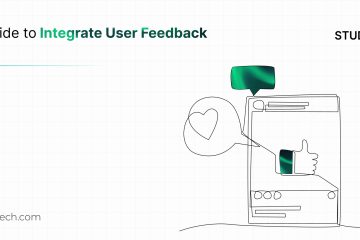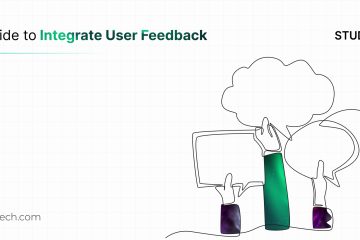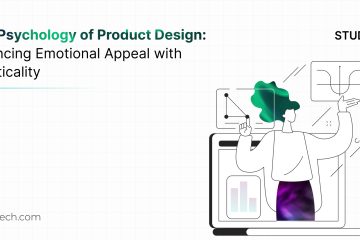Finding useful sources for design inspiration has never been easier. What with the Internet buzzing with inspirational sources such as Dribbble, Behance, Instagram, and the like! It looks like there is no end to the number of ways one can feed his/her creative instincts.
Pick up inspiration, draw upon ideas, design something along similar lines, and lo and behold — what we have at the end of this glorious process is a triumphant and appealing final product. Or that’s what we think, don’t we?
But… let’s take a step back to think about the things that have to work in the background to bring this into shape!
The invisible process!
The process of arriving at a design is rather hidden/invisible and extremely time-consuming, as with any creative activity. In essence, it requires several elements to come together at a certain point in time. And most of all, it needs to resonate with the intended user. Making every single aspect visible to the customer may work well in building a brand quality of being transparent; however, it has a downside — it increases the lead time. We know how difficult it can be to flex those creative muscles when you feel mentally zoned out.
What’s the risk you run when you suffer a creative burnout?
What happens when you don’t plan for managing your creative bandwidth? You will design on defensive mode; you will tend to easily jump into conclusions and make suboptimal decisions leading to overlooking gaping holes in fundamental logic.
Sometimes you can get stuck at one thing that is not likely to get resolved even after revisiting many times. The rush to get it resolved and the lack of sufficient time ultimately leads to a bad design. Design teams need sufficient time for carefully managing their cognitive bandwidth right from the planning phase.
So how do we manage creative burnouts? Let’s delve a tad deeper and figure out a few mechanisms of how we deal with our creative burnouts, re-energize, and get in a better headspace.
Manage cognitive bandwidth consciously
Very often, creative professionals get too little time for a work that requires qualitative and explorative thinking. This time crunch can cause serious cognitive burnout leading to a drop in the quality of the work. For consistency and quality throughout the design process, designers need to manage their cognitive bandwidth efficiently, and more consciously.
Take time off
Have you ever taken the day or night off from a project, only to come back the next day with a eureka moment, or at least newfound clarity? It’s often said that looking at something you’ve been working on with a fresh pair of eyes can do wonders for your creative instincts. This is because your brain gets the rest it deserved and now it’s ready for more. Give yourself due process when gauging your place on the burnout spectrum. Would an afternoon off give you the distance you need? Or, is an entire week needed to recharge your creative battery?
Break down tasks
A design you are working on may seem overwhelming at the outset. It helps to break down a seemingly overwhelming task into smaller parts and get down to doing it as parts of a whole. Get down to the smallest bit you feel you can manage, but do it. After you do one piece, gather the inspiration to do the next one. If you can’t, go for a walk, call a friend, but then come back and try again. And on and on. One small piece at a time. If you’re lucky, once you’ve got a few pieces done, you’ll hit your stride and it won’t seem so bad. If not, just slug it out. At least you’ll be able to say tomorrow you did something today.
Channel your creativity across something new
As designers, we spend innumerable hours designing, wireframing, and prototyping, so the most important thing is to build a healthy routine around that and keep things exciting. While doing so, you can consider channeling your creativity into something offbeat like exploring the good old world of drawing and painting with hands.
So, with all these tips handy, we hope you deal with your creative burnouts effectively and emerge stronger in your creative game! At Ionixx, we strongly believe in inculcating a strong design culture by consciously taking time off, indulging in several creative pursuits that are both fun and exciting, and by encouraging our team of designers to grow in a creative work environment, all along embracing the everyday grind of projects.


